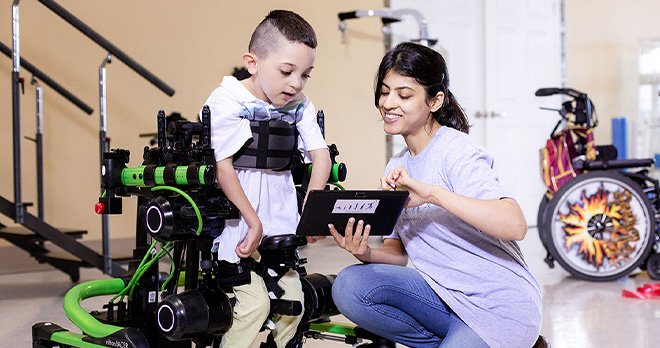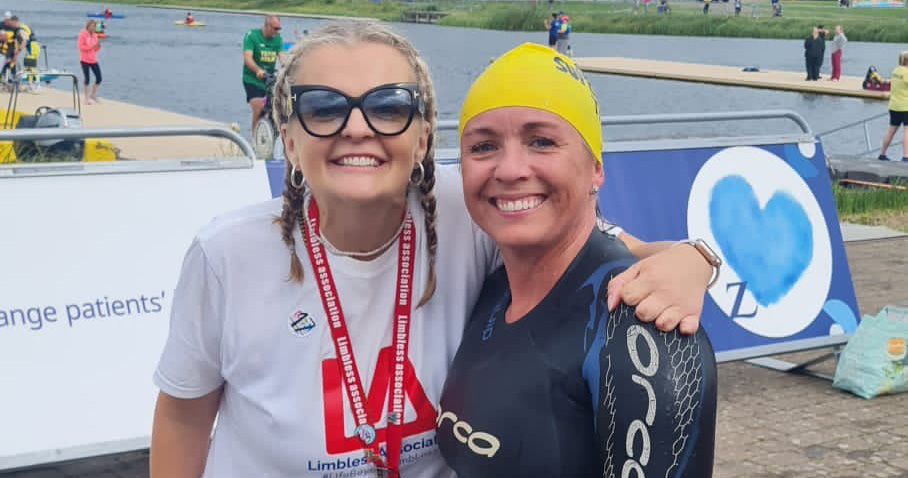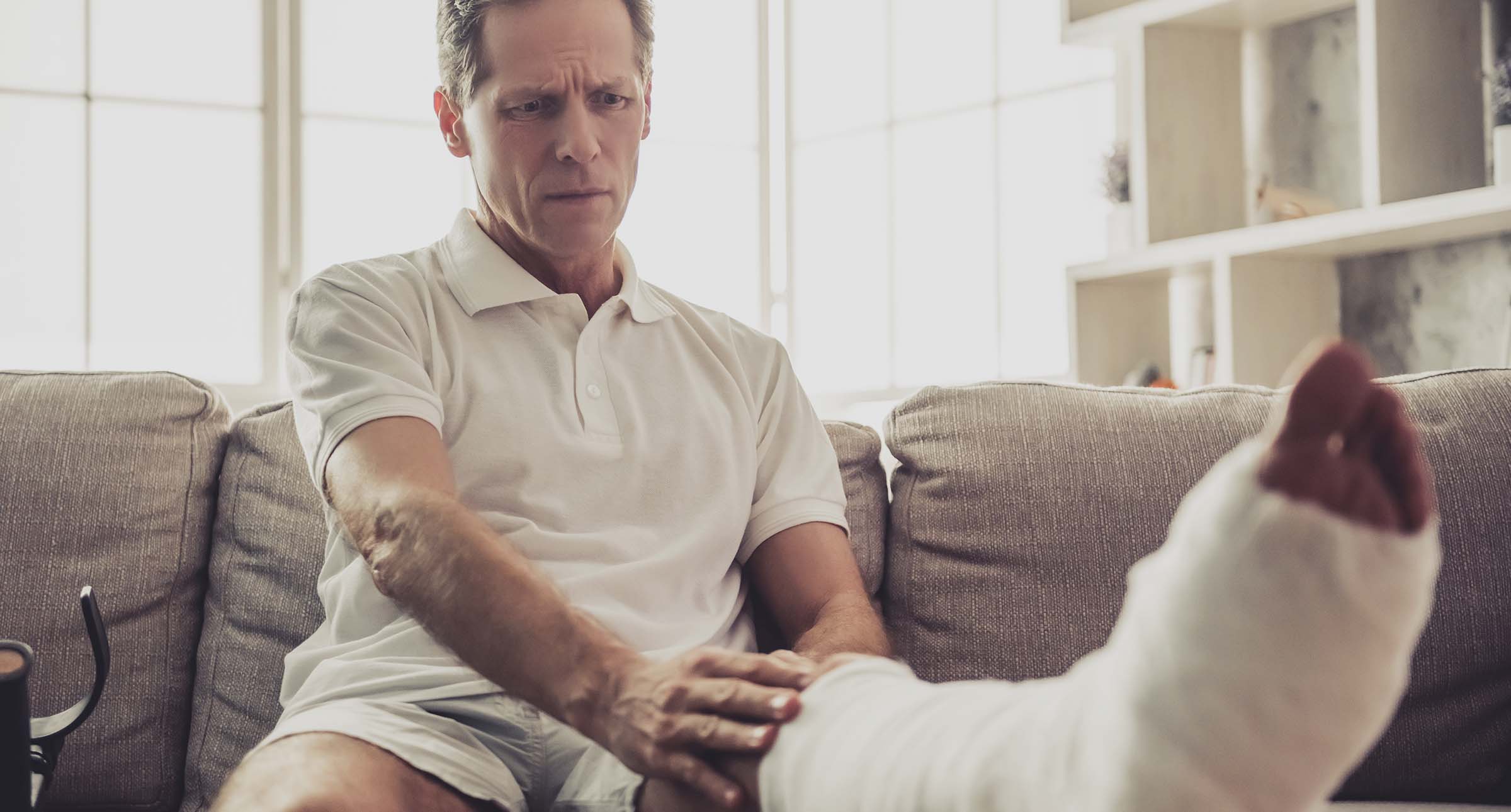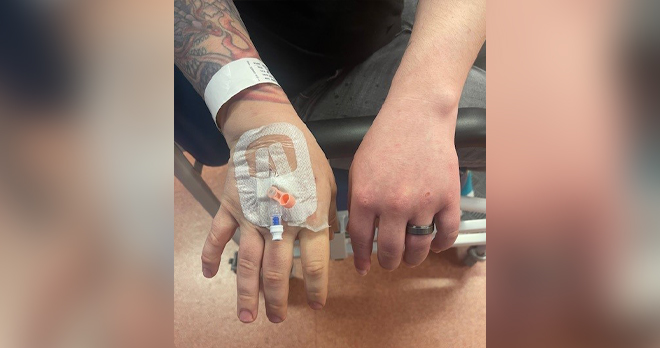State of the art prosthetics and how we help to acquire them

The Oxford Compensation Protection Team recently ordered a Trexo Dynamic Robot for a client with cerebral palsy, sustained as a result of a birth injury.
The Trexo Robotic Gait Trainer is a robot skeleton attached to a Rifton Dynamic Pacer. The equipment aims to enable children with neurological conditions to experience assisted movement. The The Trexo Robotic Gait Trainer uses computer software, linked to an electronic device, to control a range of movement at the ankle, knee, and hip, and can be set at different support levels to assist movement. Specifically, the Trexo provides the user with the opportunity of dynamic standing when static, and dynamic walking when the frame is assisted and moved forwards.
As the Trexo is a relatively new and expensive piece of equipment, the deputy instructed an Occupational Therapist to assess the risks and benefits of this equipment for the child. The Occupational Therapist was of the opinion that dynamic standing and walking could be beneficial in maintaining and increasing bone density and could help to maintain and improve a range of movement at the lower limbs (hip, knees, ankles). Additionally, there was potential for increased sensory stimulation; promoting increased vestibular, tactile, and proprioceptive input through the experience of movement, something which our client was unable to experience through voluntary movement or via any other specialist equipment.
The ‘Pacer’ walking frame is made by Rifton and distributed by Jiraffe in the UK, yet the Trexo is not made or distributed in the UK. Trexo Robotics are located in Canada, so the deputy initially considered planning a flight for the client so that the family could test the equipment. However, there were concerns with the client’s bone density and the risks of a longhaul flight, and the additional risk presented by Covid. The parents were diligent in their research and were very keen to import the equipment and so, given the supportive views of the treating and expert therapists, the deputy made the decision to ship the Trexo to the UK on a trial basis.
Due to shipping regulations Trexo Robotics were unable to ship the device directly from Canada to the UK. The deputy arranged for the Trexo to be shipped to a warehouse in the US and then for an intermediary shipping company to ship it to the UK. Given the value of the equipment arrangements were made to ensure that it was insured and shipped appropriately. There was no extra tax to pay on entry to the UK as the Trexo is categorised as medical equipment and the deputy completed the relevant customs documents to import the equipment.
The Trexo was purchased for $32,350.03, and the shipping cost was £914.79 including insurance. The deputy worked closely with the litigator to ensure that the equipment had the clinical and expert supportive evidence to ensure its recoverability from the defendant in the clinical negligence claim. Based on the evidence gathered by the deputy we understand that the cost of the equipment is considered to be recoverable.
At the time of purchasing the Trexo there was no published research verifying the benefits of the equipment. Trexo has indicated that users have reported increased strength around the neck and trunk. Trexo Robotics also report that users of the equipment increase the number of steps they can take over time. There is growing anecdotal evidence of these benefits.
Happily, the trial has been successful and the Trexo provides our client with assisted movement, sensory feedback from her body and has increased her awareness of self.
Applying dynamic standing robotics equipment to aid Cerebral Palsy patients is becoming more common over recent years. There is still resistance from defendants as it is not yet considered a traditional piece of equipment.
However, there is research to show the benefits of Robot Assisted Gait Training in a large population of children with motor impairment due to cerebral palsy or acquired brain injury. The conclusion of this research is that children with motor impairment can benefit from a combination of robotic rehabilitation and physical therapy. This research demonstrates improved muscle strength and walking capabilities and significantly increased selective motor control, gross motor score and decreased joint contractures. There is considerable evidence demonstrating that therapists report the capability of a greater workload, and parents experience increased satisfaction when using robotic treatment, than with traditional therapy alone.
It is essential that as technology continues to develop, deputies and litigation solicitors keep at the forefront of the innovation to ensure that clients are provided with the pioneering (but tested) equipment to facilitate their rehabilitation and to optimise their quality of life. Furthermore, litigators need to ensure that they have adequate medical and therapeutic evidence to substantiate client’s claims for bespoke state-of-the-art equipment.
Our Compensation Protection team are here to help those with complex injuries manage their compensation and find the right support.
Call now
Read more insights into amputation
View more articles related to Amputation, Compensation Protection and Team Around the Client






